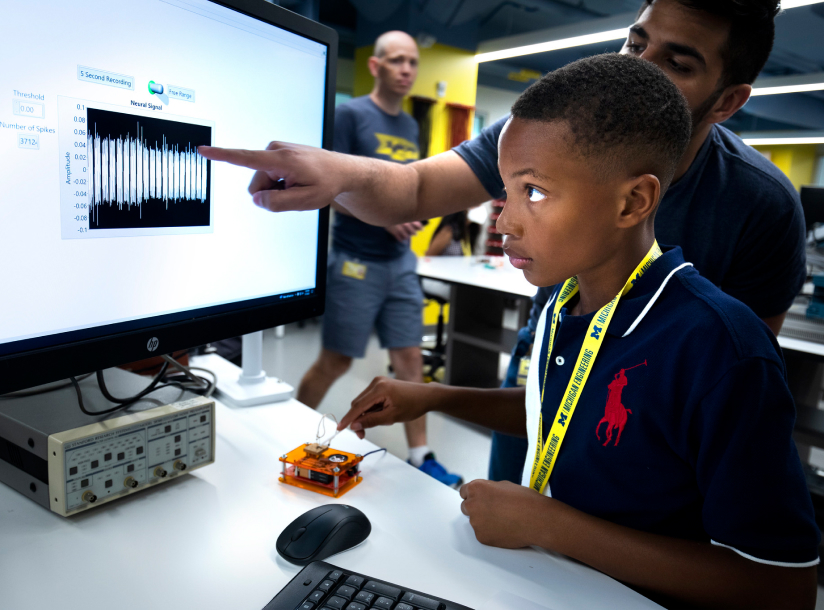Study team members must adhere to the Code of Conduct. The Code of Conduct is reviewed in the required eLearning course. Included in the Code of Conduct is the Rule of Threes. Under the Rule of Threes, study team members are not permitted to have interactions with minors that cannot be witnessed by an adult third party. Examples of an adult third party include a parent, study team member or U-M employee. The Rule of Threes applies to all interactions and interventions, including in-person, phone, email, videoconference (e.g., Zoom), text messages, social networking websites, internet chat rooms, multiplayer online games or other forms of digital or social media. Some changes to study procedures may require an IRB amendment, and study teams are encouraged to consult with the IRB. IRB approval of study procedures that do not adhere to the Rule of Threes does not negate this university policy. Unique considerations in managing this requirement include:
- It is permissible to conduct research with minors without a witness when the research is being conducted by clinical care providers in the context of clinical care provision (e.g., delivering experimental therapeutics, obtaining an additional specimen nasal swab during a clinic visit). Study team members conducting research at Michigan Medicine are reminded to ensure that they are also compliant with the Michigan Medicine Chaperone Policy.
- Studies that involve texting minors must always include an additional individual in the texting conversation, or the texting conversation must be recorded and visible to the study team (e.g., on a study-specific texting account). Study team members are advised against texting minors using their personal device and/or personal contact information; a study-issued device and/or account is strongly recommended.
- Interactions with minors on social media should occur on professional accounts accessible to other study team members and not through private accounts.
- When the research necessitates that the study team member interact with the minor alone, there are several options:
- An additional adult witnesses the interaction.
- The interaction occurs in an open public setting where the interaction can be witnessed by others.
- The interaction occurs in a room with the door open, or can be witnessed by others through a window.
- The interaction is video- and/or audio-taped and the recording is stored in a secure location accessible to other study team members (this scenario is common when the interaction is already being recorded for research purposes).
The Office of Research Compliance Review will perform audits to confirm compliance with the Rule of Threes in study protocols and practices.


